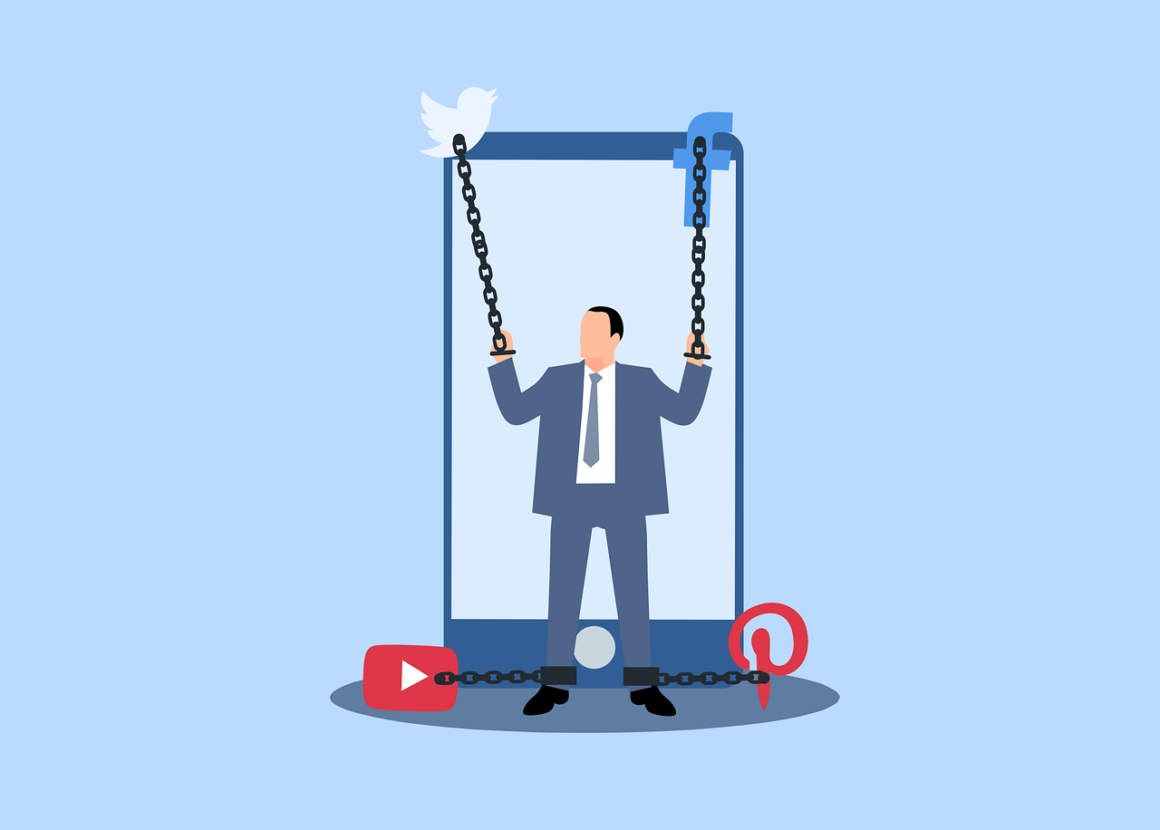What Does Workplace Discrimination Entail?
When an individual or group of people is treated unfairly or unequally in the workplace due to particular qualities, discrimination has occurred. Race, ethnicity, gender identity, age, handicap, sexual orientation, religious views, and national origin are examples of these protected qualities. It is possible for coworkers, job candidates, or employees and their employers to engage in discrimination at work. Discrimination is illegal whether it is done knowingly or unintentionally. Despite the existence of anti-discrimination legislation for more than fifty years, the majority of Americans still feel discriminated against in some fashion. Three out of five persons say they have encountered age discrimination at work. 35% of Black employees and 49% of Black human resources professionals believe that discrimination exists in their employment (almost four to five times more than their white colleagues). Additionally, a 2020 survey indicated that LGBTQ+ people face serious prejudice in their daily life, at work, and even when seeking medical care. Whether we like to admit it or not, there is and has always been workplace discrimination. Your staff is undoubtedly impacted, even if you think your workplace is impervious. Also, WFH has opened up scopes for side hustles, and moonlighting jobs, and employees have been pursuing their co-curricular skills more aggressively. From traveling, blogging, handicrafts, participating in multiplayer gaming tournaments, or even playing at their favorite casinos listed on popular sites such as captaingambling.com, WFH has been a boon.
How Has the Workplace Altered as a Result of Remote Work/Work From Home (WFH)?
Many past and present clients have admitted that they are working more diligently now than they were before the outbreak. As a result of the pandemic’s unquestionably significant economic impact on employers nationwide, there have been a lot of layoffs and furloughs, as well as new work-from-home opportunities. This pattern suggests that a new workplace culture is taking shape where managers are paying closer attention to the time, output, and contributions of their staff members. In order to avoid being put on the “chopping block,” many employees work harder, longer, and more intensely when facing the possibility of firing or furlough.
Despite calls from employers to return to the office, many employees, especially those from underrepresented groups, prefer to stay from home. According to a LinkedIn analysis, women, people of color, and Latinos are more likely to apply for and get hired for work-from-home (WFH) positions. In comparison to those who work hybrid or on-site, remote workers are more likely to agree that their firm treats every employee fairly across all minority groups assessed. This might be a result of their capacity to tailor work settings to specific requirements, supervisors who evaluate performance more fairly using outcome-based measures, or a general decline in toxic behaviors.
Has Discrimination at Work Really Been Affected by Working from Home?
Despite the fact that many people work from home, there has sadly been a lot of employment discrimination. Actually, we are noticing an increase in the number of companies utilizing COVID “economic effect” justifications as a cover for discriminatory grounds to fire workers. This discriminatory behavior was observed against a wide range of protected classes, including pregnancy, handicap, color, religion, gender, age, sexual orientation, and sexual harassment. Additionally, the effectiveness of the “digital era” in the workplace has been highlighted through remote working. We have observed that responses, assignment submissions, and other work-related activities can occur relatively fast using a variety of technological platforms.
But that same quickness and effectiveness have also surfaced in the realm of harassment and discrimination. For instance, because they are aware they do not have to confront someone in person, harassers are now more confident to send offensive emails and text messages. Employers have been repeatedly found to have discriminated against working mothers because of their “familial status” as the primary caregiver in their homes. This has included failing to promote them, treating them differently than their male coworkers, and/or repeatedly making gender-specific remarks like “women are emotional” and maybe one should be a stay-at-home mother instead of working. Precautions and steps must be taken to stop these kinds of harassment worldwide.
Employees are still protected from harassment and discrimination whether it occurs in person or virtually, despite the fact that they are working from home more often than before. Regardless of whether workers are in the office or working from home, companies must be aware of their employees’ rights, which essentially have not altered.





